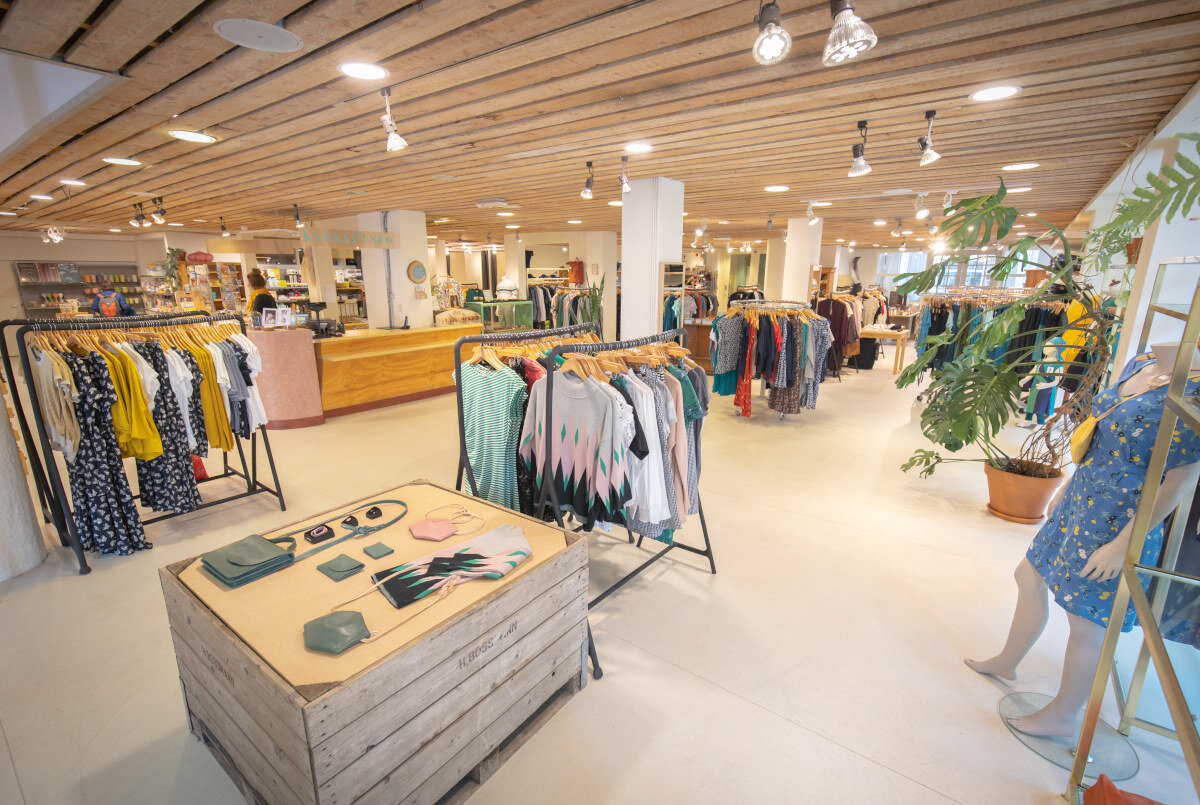Circular Economy: Evaluating Sustainable Department Stores

Since I lived in Nijmegen, I have been able to check out and shop at the sustainable department store. After the opening in Nijmegen in 2014, sustainable department stores popped up in different cities such as Utrecht and Amersfoort. With another sustainable department store (TOMO) opening up this year, I want to dive deeper into the circular economics of these department stores. In this article, I’ll discuss the sustainable development goals (SDG’s), the value proposition and risks.
Sustainable development goals and Department Stores
The UN established multiple sustainable development goals (SDG). Sustainable department stores contribute to goal 12: “Ensure sustainable consumption and production patterns”. The department stores are contributing to the transition to a circular green economy and making sustainable goods accessible to the public.
Other goals that benefit from this cause are:
- SDG 8: “Promote inclusive and sustainable economic growth, employment and decent work for all”
- SDG 11: “Make cities inclusive, safe, resilient and sustainable”
- SDG 13: “Take urgent action to combat climate change and its impacts”
The sustainable department stores provide accessible sustainable alternatives. It can inspire consumers with new ideas to incorporate into their lifestyle. One thing that inspired me in Nijmegen was the ‘Waste Free filling station’ for cleaning products. As I saw people getting their bottles filled, I started evaluating my cleaning products and how I can make more sustainable changes.
Value proposition
Within a business model, it should become clear which value the company brings and why your product/business is chosen by customers. In the picture below you can see some aspects you can think of regarding sustainability.
Source: J. Jonker & N. Faber (2020): Aspects of value proposition
I’ve used the ‘Value Builder’ template by Saxion Hogeschool to visualize the added values for the sustainable department stores. The value builder shows the relation between the customer’s needs and the product itself. It also highlights the sustainable value propositions, such as: re-use, recycle and repair.
The customer group will mostly be locals or environmentally conscious consumers that are looking for sustainable alternatives. Most of the customer’s needs will be met by the sustainable department store, except two. Let’s discuss them.
The product’s price can be higher due to the natural material. Last time I visited, I was looking for sustainable razors. In store, the metal razor was €40,- while a package of 20 plastic razors is €7,99. Not every customer is able to make that initial purchase, even though the product itself might last longer. Think about it: how long will you last with 20 cheap, plastic razors? How often do you need to rebuy this? If you bought the €40,- razor, this would be your last razor for life. The only purchase you would need to make is blade cartridge refills, which are more sustainable and cheaper.
Another thing is local products. Some sustainable department stores will sell local produced goods, others have to import more. It is hard for the customer to assess whether or not the transportation emissions even out the possible benefits of the product.
Risks for Sustainable Department Stores
Making sustainable products more accessible is a great idea and these department stores are achieving it. However, with every new idea there are downsides and risks. Let’s discuss them.
First of all, customers still need to be mindful about the green credentials a product has. Samir covered this topic a few months ago in this article. Be critical of the products even if they are sold at a sustainable store.
In addition, the current inflation is making goods more expensive. As people struggle to make ends meet, consumers might substitute their sustainable products for cheaper products. By doing so, this can make a financial situation worse: as unsustainable products tend to have a short life cycle, consumers will need to rebuy this often, therefore making more costs in the long run. Consumers are often not aware that sustainable products are a long term investment, which could actually save them money.
Overall, with a society suffering from overconsumption, we need to be mindful of what we buy. If you buy a sustainable water bottle to help the environment, this is a great investment. However, are you losing sight of the goal when you buy 5 different bottles because of the colors? It is important for the business to make a profit to stay afloat, but we need to assess the marketing strategies to prevent overconsumption.
Have you visited a sustainable department store before? What was your best purchase so far?
Further reading:
- Green-Up, sustainable department store Utrecht: https://green-up.eco/
- Duurzame Warenhuis, sustainable department store Nijmegen: https://www.duurzamewarenhuis.nl
- Nieuw Mos, sustainable department store Amersfoort: https://www.nieuwmos.nl/warenhuis/
- UN’s Sustainable development goals: https://www.un.org/sustainabledevelopment/sustainable-development-goals/
